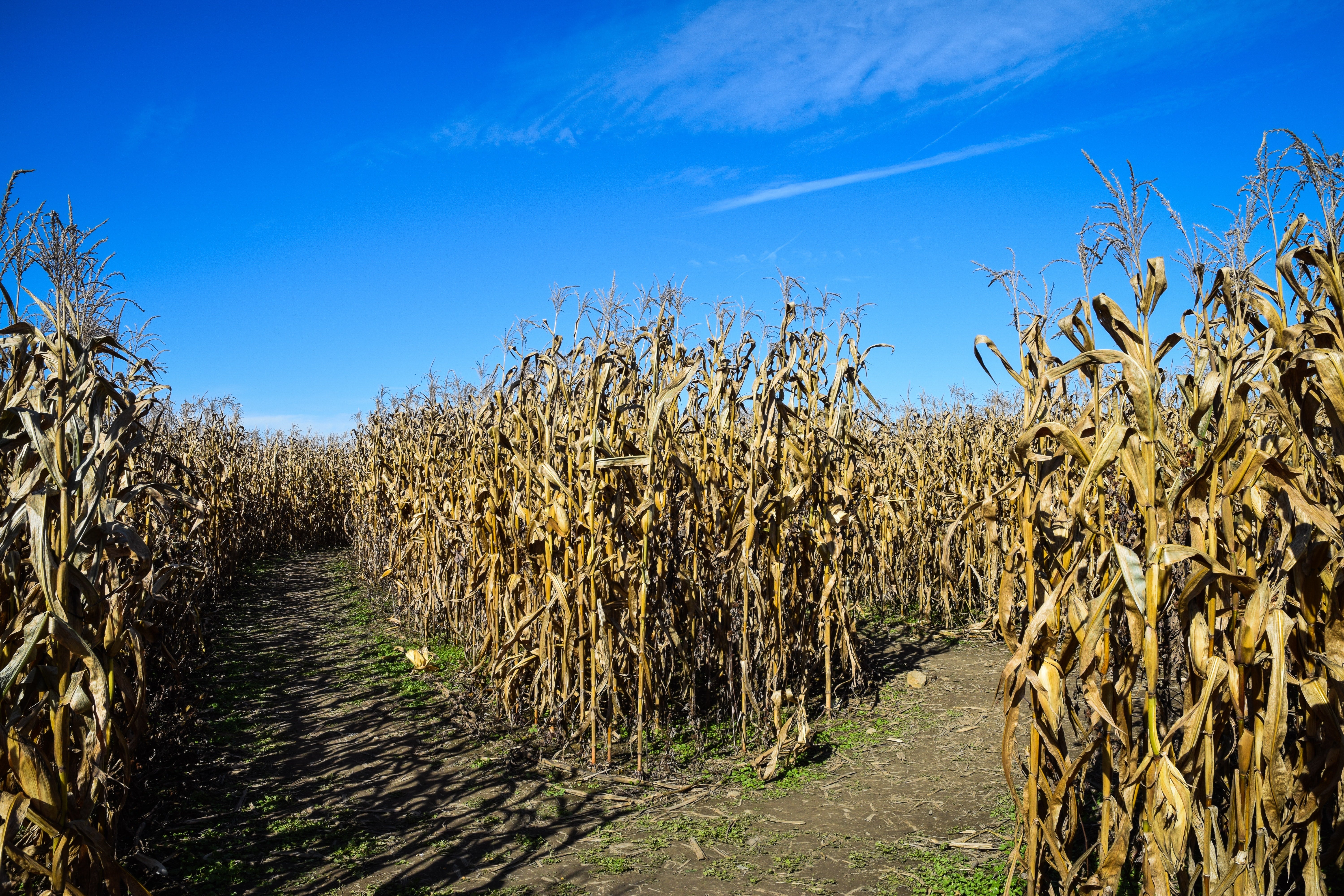Climate change has reduced agricultural productivity by 34 percent in Africa
In Kenya, intense and frequent droughts, floods and heatwaves are reducing crop yields and increasing malnutrition

Agricultural productivity in Africa has declined by 34 per cent since 1961, a United Nations report has revealed.
The report released in February and prepared by the United Nations’ Intergovernmental Panel on Climate Change (IPCC), further stated that the decline was a result of adverse impacts of climate change.
It highlights agriculture as one of the highly vulnerable sectors, a situation that has continued to increase malnutrition in the continent.
“Climate change, including increases in frequency and intensity of extremes, have reduced food and water security, hindering efforts to meet Sustainable Development Goals. Although overall agricultural productivity has increased, climate change has slowed this growth over the past 50 years globally,” the report notes.
Already, Kenya is experiencing a decline in productivity as a result of erratic rainfall and intensifying droughts.
According to the Kenya Food Security Steering Group (KFSSG), the maize harvest in the marginal agricultural areas is 45-50 percent of the five-year national maize production average.
The situation is attributed to widespread below-average crop production in marginal agricultural areas, with crop failure in Kilifi, Kwale, Taita Taveta, and Tharaka Nithi.
By February 2022, the number of food-insecure people in pastoral and marginal agricultural areas had risen from 2.1 million in August 2021 to 3.1 million.
This, according to KFSSG, was driven by impacts of poor crop and livestock production and resource-based conflict. “Widespread maize crop failure was reported in Kilifi, Kwale, Taita Taveta, and Tharaka Nithi, where county maize production was between 1 percent to 7 percent of the five-year average,” it said.
“The poor harvest was due to households planting on less land in anticipation of the below- average rainfall, lower seed stocks, and below-average rainfall throughout the short rains season,” Famine Early Systems Network noted.
Maize productivity over the years has been marred by fluctuations, linked to changing weather patterns.
In 2011, for example, maize production in Kenya was estimated to be at 3.7 million tonnes but in 2016 it reduced to an estimated 3.3 million tonnes, representing more than 11 per cent decline.
In 2017, it is approximated that Kenya imported 1.3 million tonnes of maize from 0.8 million tonnes in 2014, marking maize import increment of over 38 per cent.
And while the IPCC report suggests that increasing weather and climate extreme events have exposed millions of people to acute food insecurity, reduced water security, it notes that the largest impacts have been observed in communities in Africa, Asia, Central and South America, Small Islands and the Arctic.
“Jointly, sudden losses of food production and access to food compounded by decreased diet diversity have increased malnutrition in many communities, especially for Indigenous Peoples, small-scale food producers and low-income households with children, elderly people and pregnant women particularly impacted,” it notes.
The IPCC report predicts that climate change will continue putting pressure on food production and access, especially in vulnerable regions, undermining food security and nutrition. Both frequency and severity of droughts, floods and heat waves, is expected to intensify.
It also predicts that the continued sea-level rise will increase risks to food security in vulnerable regions from moderate to high between 1.5°C and 2°C global warming levels.
“Global warming will progressively weaken soil health and ecosystem services such as pollination, increase pressure from pests and diseases, and reduce marine animal biomass, undermining food production in many regions on land and in the ocean,” the IPCC report notes.
This article is reproduced here as part of the Space for Giants African Conservation Journalism Programme, supported by the major shareholder of ESI Media, which includes independent.co.uk. It aims to expand the reach of conservation and environmental journalism in Africa, and bring more African voices into the international conservation debate. Read the original story here.
Join our commenting forum
Join thought-provoking conversations, follow other Independent readers and see their replies
Comments